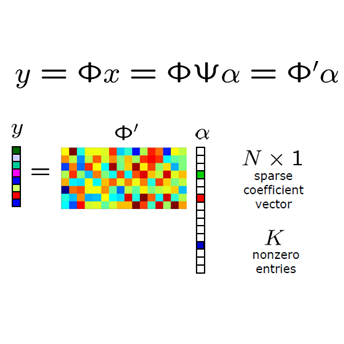Radio imaging is rapidly gaining prominence in the design of future communication systems, with the potential to utilize reconfigurable intelligent surfaces (RISs) as imaging apertures. Although the sparsity of targets in three-dimensional (3D) space has led most research to adopt compressed sensing (CS)-based imaging algorithms, these often require substantial computational and memory burdens. Drawing inspiration from conventional Fourier transform (FT)-based imaging methods, our research seeks to accelerate radio imaging in RIS-aided communication systems. To begin, we introduce a two-stage wavenumber domain 3D imaging technique: first, we modify RIS phase shifts to recover the equivalent channel response from the user equipment to the RIS array, subsequently employing traditional FT-based wavenumber domain methods to produce target images. We also determine the diffraction resolution limits of the system through k-space analysis, taking into account factors including system bandwidth, transmission direction, operating frequency, and the angle subtended by the RIS. Addressing the challenge of limited pilots in communication systems, we unveil an innovative algorithm that merges the strengths of both FT- and CS-based techniques by substituting the expansive sensing matrix with FT-based operators. Our simulation outcomes confirm that our proposed FT-based methods achieve high-quality images while demanding few time, memory, and communication resources.
翻译:暂无翻译




